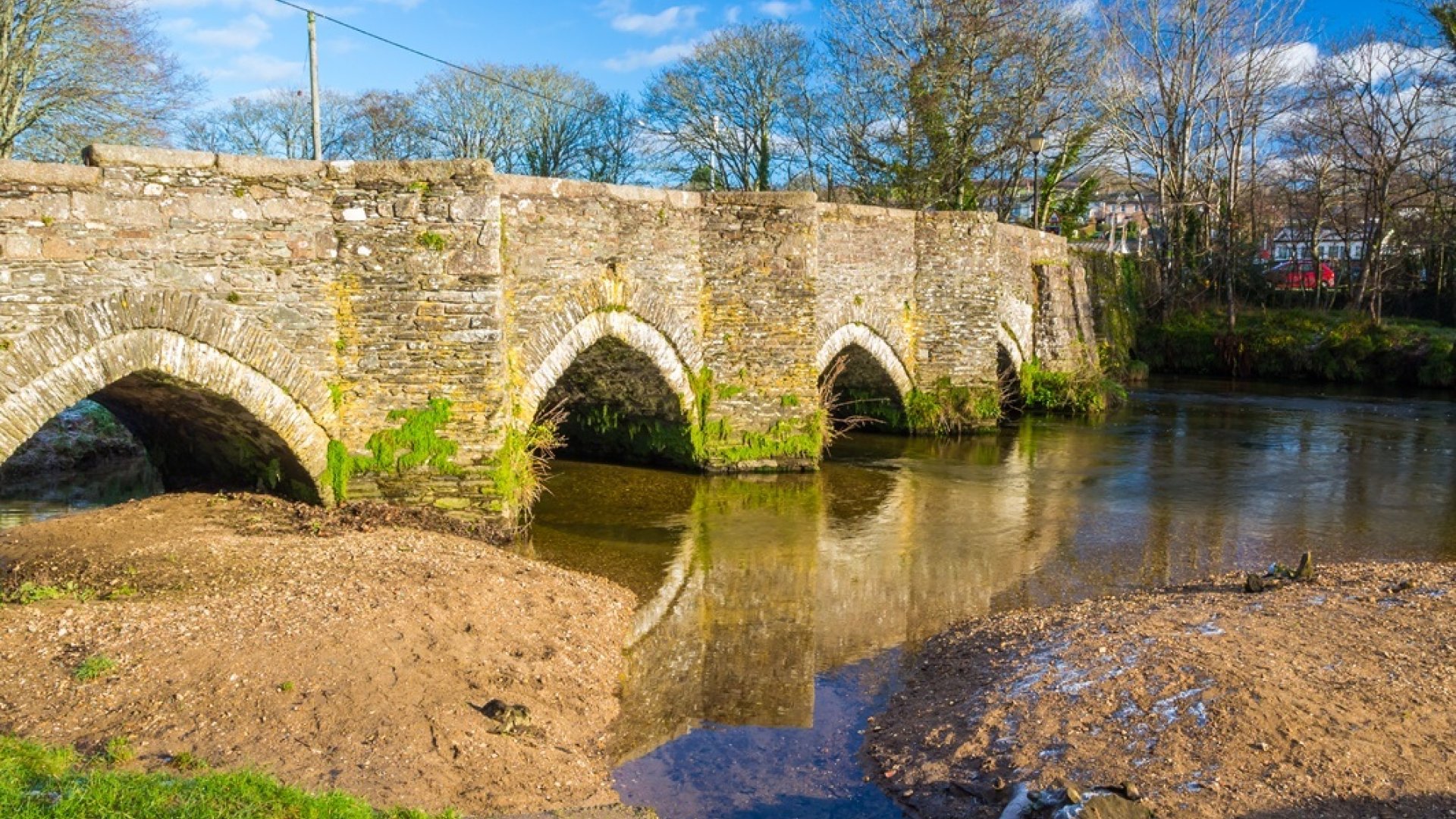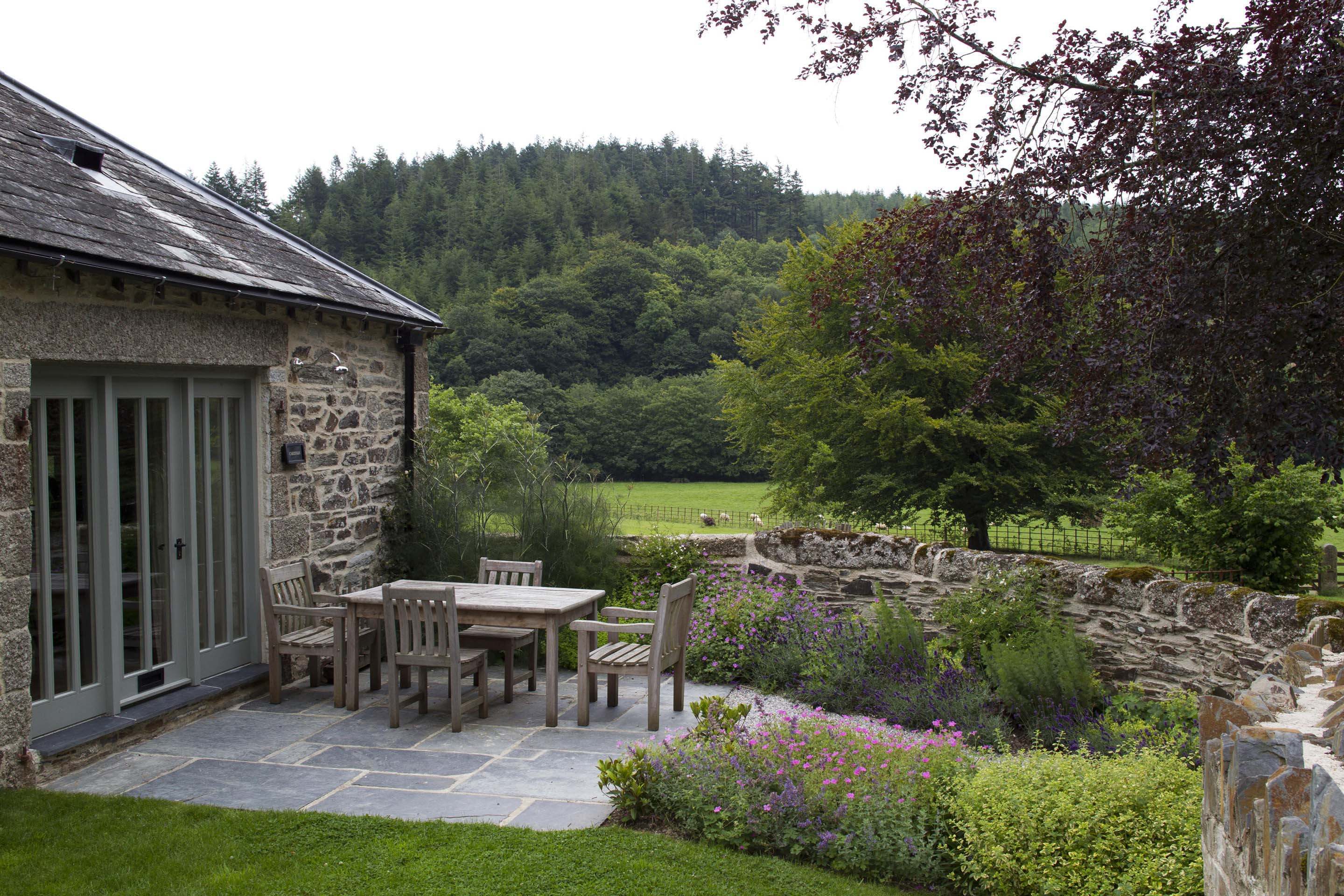
Stories
History of Lostwithiel
Lostwithiel is an ancient and interesting town. It probably got its name from Lost Gwydhyel which is old Cornish for tail-end of the wood. It is a compact town with a Breton influence from the days when it had maritime connections with France.
The spire of St Bartholemew’s church is a Breton design. In the days when tin mining brought great prosperity to the county, Lostwithiel was the capital of Cornwall, its seat of government and a major trading port. It was also the site of the stannary courts which dealt with disputes over mining issues. The Duchy Palace, opposite the Co-op, was the main administrative centre, collecting general taxation as well as levies from tin, and controlling port activities. Lostwithiel was the second largest port after Southampton in terms of value of goods moving through it. The Duchy Palace was largely destroyed in the civil war, but the remains have recently undergone restoration.
The first bridge over the Fowey river is the medieval bridge in Lostwithiel. The original bridge was built by the Normans, but later rebuilt in the fourteenth century and still in use today by cars and pedestrians. In the reign of Queen Elizabeth I, the river was navigable to large barges, with the tide, until reaching the bridge. Now the river has silted up and is only navigable by canoes and small craft. The mainline railway from Paddington to Penzance passes through Lostwithiel (and stops), and a branch line takes china clay trains along the west bank of the river down to the docks at Fowey for export, a small survivor of Cornwall’s mining history.
Standing on a hill above the town is Restormel Castle, probably built around 1100 in the middle of a huge deer park. It overlooked the primary crossing point over the River Fowey, a key tactical location. Below the castle is Restormel Manor and farm. The farm buildings are no longer in agricultural use but have been preserved and repurposed. The two-storey threshing barn is built partially of red brick, a rarity in Cornwall, the clay for the bricks coming from a pit on the farm. The manor and courtyard of farm buildings are now converted into Duchy of Cornwall holiday accommodation. A small building, also of red brick, perched above the walled orchard has also been converted to make a magical retreat with spectacular views across the valley. The stone courtyard buildings were built in the late 18th century and were designed to accommodate a milking herd of over one hundred cows, a very large herd in the days when milking was done by hand, and a team of over a dozen milkmaids was employed. In their time, they were an extremely efficient and modern complex of farm buildings. The railway station in Lostwithiel meant the dairy produce could be transported nationwide. Now the converted courtyard holiday cottages are named after former tenants of Restormel, including the last remaining tenant who still farms the surrounding land.

